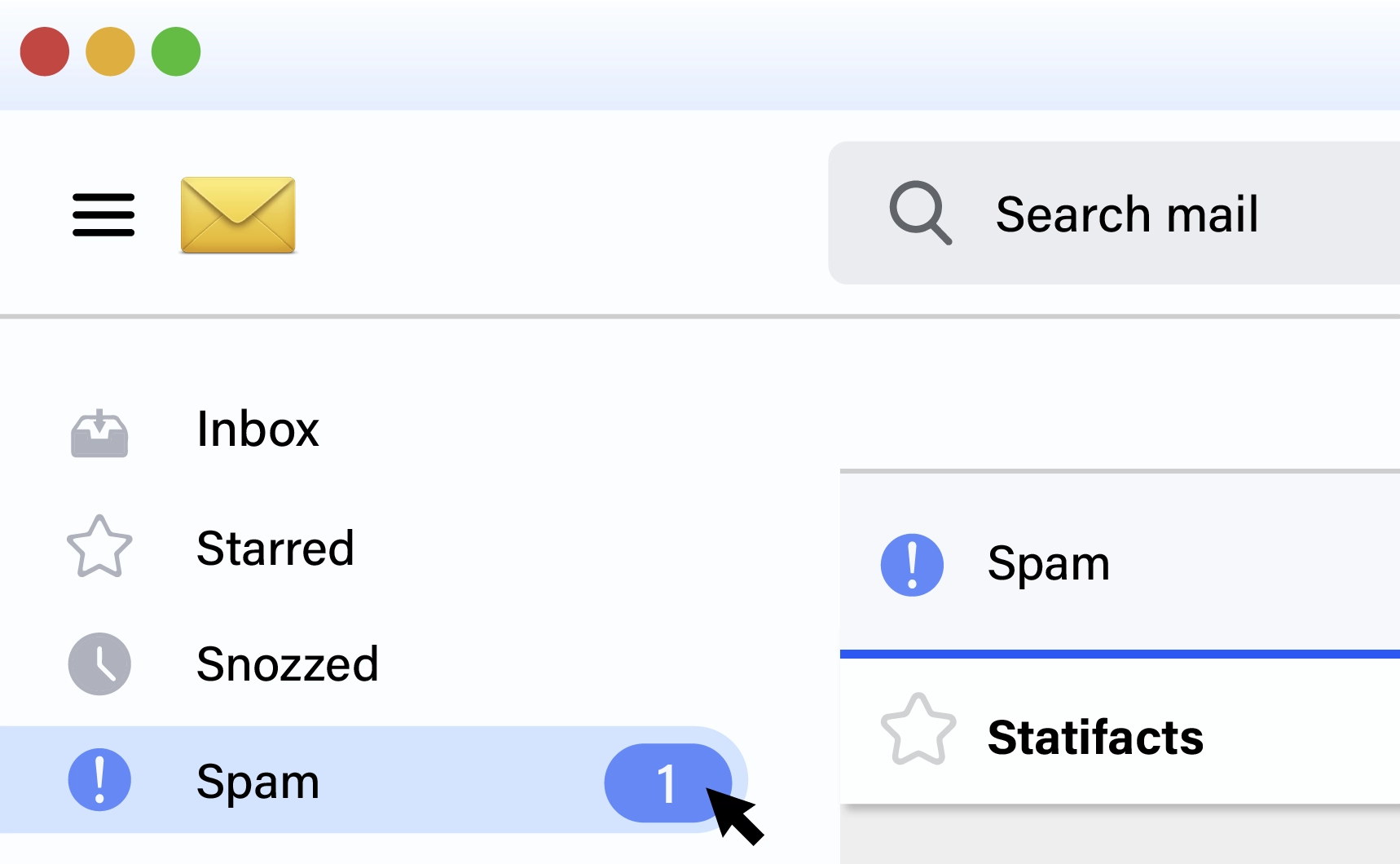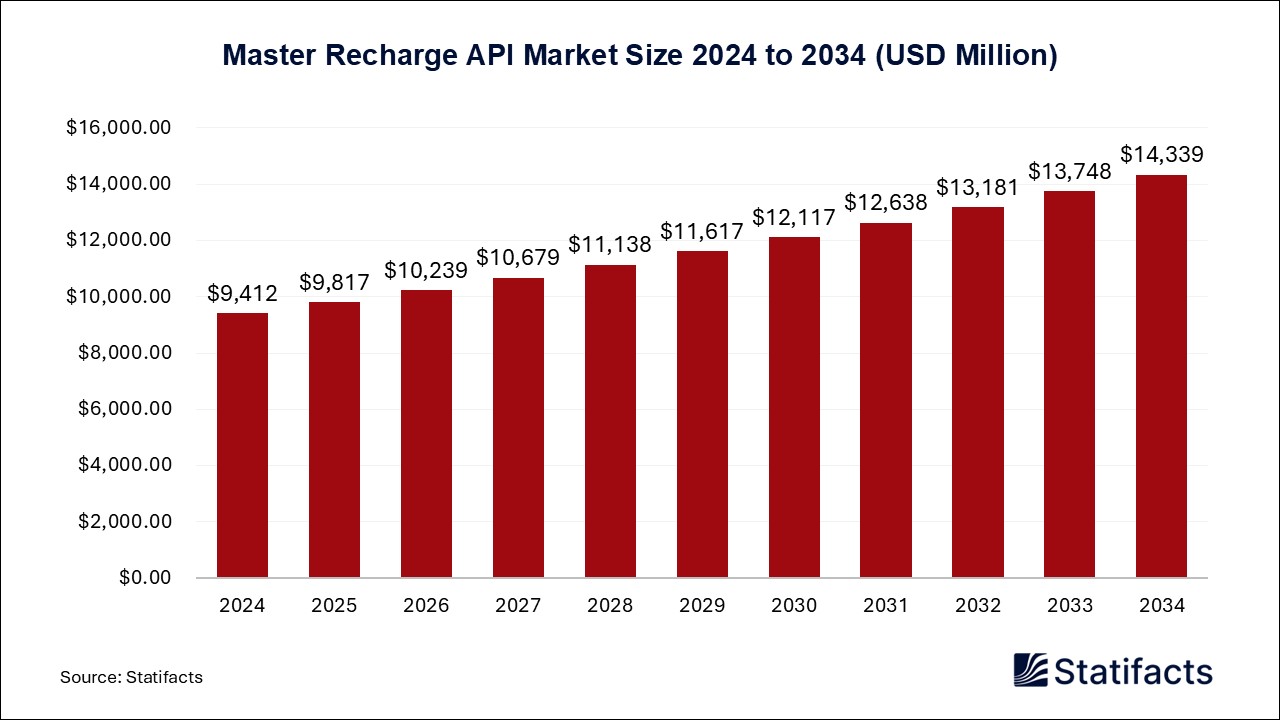Last Updated: 29 May 2025
Source: Statifacts
By clicking “Accept All Cookies” you agree to the storing of cookies on your device to enhance site navigation, analyze site usage, and assist in our marketing efforts.
Privacy PolicyThe global feed mycotoxin binders and modifiers market size was calculated at USD 2.82 billion in 2024 and is predicted to attain around USD 4.21 billion by 2034, expanding at a CAGR of 4.5% from 2025 to 2034.
| Industry Worth | Details |
| Market Size in 2025 | USD 2.82 Billion |
| Market Size by 2034 | USD 4.21 Billion |
| Market Growth Rate from 2025 to 2034 | CAGR of 4.5% |
Feed mycotoxin binders and modifiers are the additives used in animal feed. Mycotoxin binders or adsorbents are substances that bind to mycotoxins and prevent absorption through the gut. Mycotoxin modifiers work by detoxifying or altering the chemical structure of mycotoxins, effectively lowering their toxicity. The benefits of mycotoxins include that they help to control the excess moisture in feed, trap the toxins but not minerals and vitamins, and improve the immune status, production, and growth. Stringent regulations on food safety, rising occurrence of mycotoxin contamination, and rising awareness about animal health are driving the growth of the feed mycotoxin binders and modifiers market.
According to a report published by the World Health Organization for Animal Health, in the face of demographic challenges, increased international trade, and the effects of climate change, animal health is more fundamental than ever to the development and well-being of human populations around the world. Production animals constitute 40% of the value of global agriculture. They support the income and livelihoods of 1 in 5 people, mostly in developing countries.
Artificial intelligence (AI)- based analytics provide deeper insights into mycotoxin development, helping to redefine prediction models with real-time environmental data. AI is introduced as a new technique for detecting mycotoxins in food, providing high accuracy and credibility. This enables more precise and proactive interventions, ultimately safeguarding food and feed supplies from mycotoxin contamination. Many analytical methods are used to accurately identify and measure mycotoxin levels. AI is certainly going to assist us in the future in making better decisions.
Simon George, President, Cargill India, and Managing Director, Food South Asia, said, “The Gwalior plant allows us to strengthen our manufacturing network in India to serve customers from North and West India more competitively while improving supply chain efficiencies that benefit the entire food ecosystem. By increasing our access to local manufacturing capabilities, we are reducing supply timelines, increasing cost effectiveness, and ensuring a more stable supply of essential food solutions that food manufacturers need to meet evolving consumer preferences.”
Lawrence Loe, Director, OASE, Gas Treating Excellence, Intermediates Asia Pacific, BASF, said, “This project will serve as another exciting reference plant for us, showcasing how BASF’s OASE blue carbon capture technology allows customers such as Taipower to achieve their CCS targets, which will in turn accelerate the transition to a more sustainable energy industry.”
North America dominated the global feed mycotoxin binders and modifiers market in 2024. Stringent regulations on food safety, increasing occurrences of contamination with mycotoxins, and rising awareness about animal health are driving the growth of the market in the North American region.
Asia Pacific is projected to host the fastest-growing market in the coming years. The increasing prevalence of fungal contamination in animal feed & grains, rising consumer awareness, and regulatory pressures are contributing to the growth of the feed mycotoxin binders and modifiers market in the Asia Pacific region.
About 70 countries where it operates. It operates in the industrial, financial, agricultural, and food sectors around the world.
It operates in 93 countries. It operates in the agricultural solutions, nutrition & care, surface technologies, industrial solutions, materials, and chemicals sectors, around the world.
By Application
Published by Vidyesh Swar
Last Updated: 29 May 2025
Source: Statifacts
Last Updated: 29 May 2025
Source: Statifacts
| Subsegment | 2024 | 2025 | 2026 | 2027 | 2028 | 2029 | 2030 | 2031 | 2032 | 2033 | 2034 |
|---|---|---|---|---|---|---|---|---|---|---|---|
| Poultry | 1,090.20 | 1,139.00 | 1,190.80 | 1,245.90 | 1,304.40 | 1,366.70 | 1,433.00 | 1,503.60 | 1,578.90 | 1,659.20 | 1,736.20 |
| Swine | 704.80 | 730.00 | 756.60 | 784.70 | 814.40 | 845.90 | 879.10 | 914.40 | 951.70 | 991.40 | 1,029.50 |
| Ruminants | 460.90 | 472.40 | 484.50 | 497.00 | 510.10 | 523.70 | 538.00 | 552.90 | 568.40 | 584.70 | 600.50 |
| Aquaculture | 255.70 | 271.20 | 287.80 | 305.50 | 324.40 | 344.60 | 366.20 | 389.40 | 414.30 | 441.00 | 466.50 |
| Companion Animals | 128.60 | 139.20 | 150.70 | 163.00 | 176.30 | 190.60 | 205.90 | 222.50 | 240.30 | 259.60 | 277.90 |
| Others | 65.40 | 66.70 | 68.10 | 69.60 | 71.10 | 72.60 | 74.20 | 75.80 | 77.50 | 79.20 | 80.90 |
Last Updated: 29 May 2025
Source: Statifacts
| Subsegment | 2024 | 2025 | 2026 | 2027 | 2028 | 2029 | 2030 | 2031 | 2032 | 2033 | 2034 |
|---|---|---|---|---|---|---|---|---|---|---|---|
| Poultry | 1,090.20 | 1139 | 1,190.80 | 1,245.90 | 1,304.40 | 1,366.70 | 1433 | 1,503.60 | 1,578.90 | 1,659.20 | 1,736.20 |
| Swine | 704.80 | 730 | 756.60 | 784.70 | 814.40 | 845.90 | 879.10 | 914.40 | 951.70 | 991.40 | 1,029.50 |
| Ruminants | 460.90 | 472.40 | 484.50 | 497 | 510.10 | 523.70 | 538 | 552.90 | 568.40 | 584.70 | 600.50 |
| Aquaculture | 255.70 | 271.20 | 287.80 | 305.50 | 324.40 | 344.60 | 366.20 | 389.40 | 414.30 | 441 | 466.50 |
| Companion Animals | 128.60 | 139.20 | 150.70 | 163 | 176.30 | 190.60 | 205.90 | 222.50 | 240.30 | 259.60 | 277.90 |
| Others | 65.40 | 66.70 | 68.10 | 69.60 | 71.10 | 72.60 | 74.20 | 75.80 | 77.50 | 79.20 | 80.90 |
To get full access to our Market Insights, you need a Professional Account or a Business Suite.

You will receive an email from our Business Development Manager. Please be sure to check your SPAM/JUNK folder too.

You will receive an email from our Business Development Manager. Please be sure to check your SPAM/JUNK folder too.

Our customers work more efficiently and benefit from


